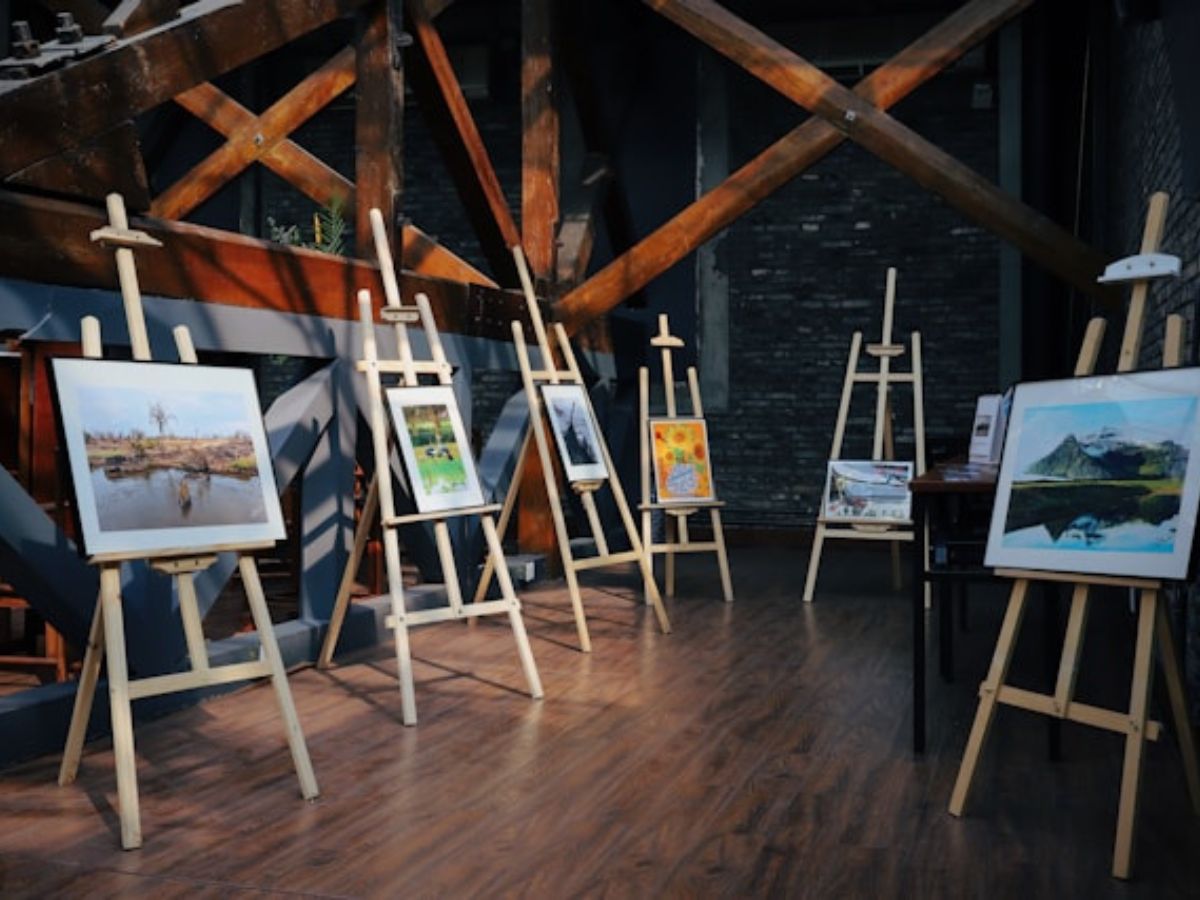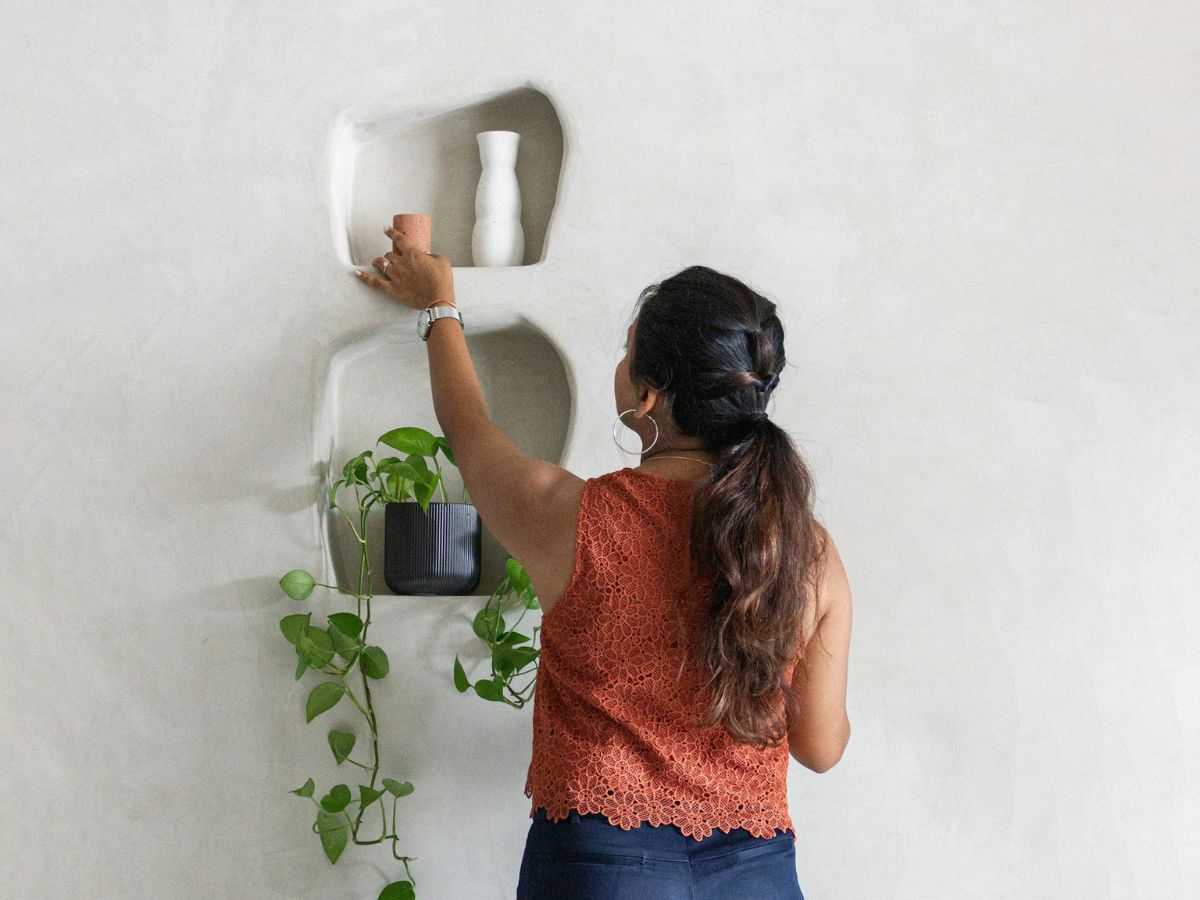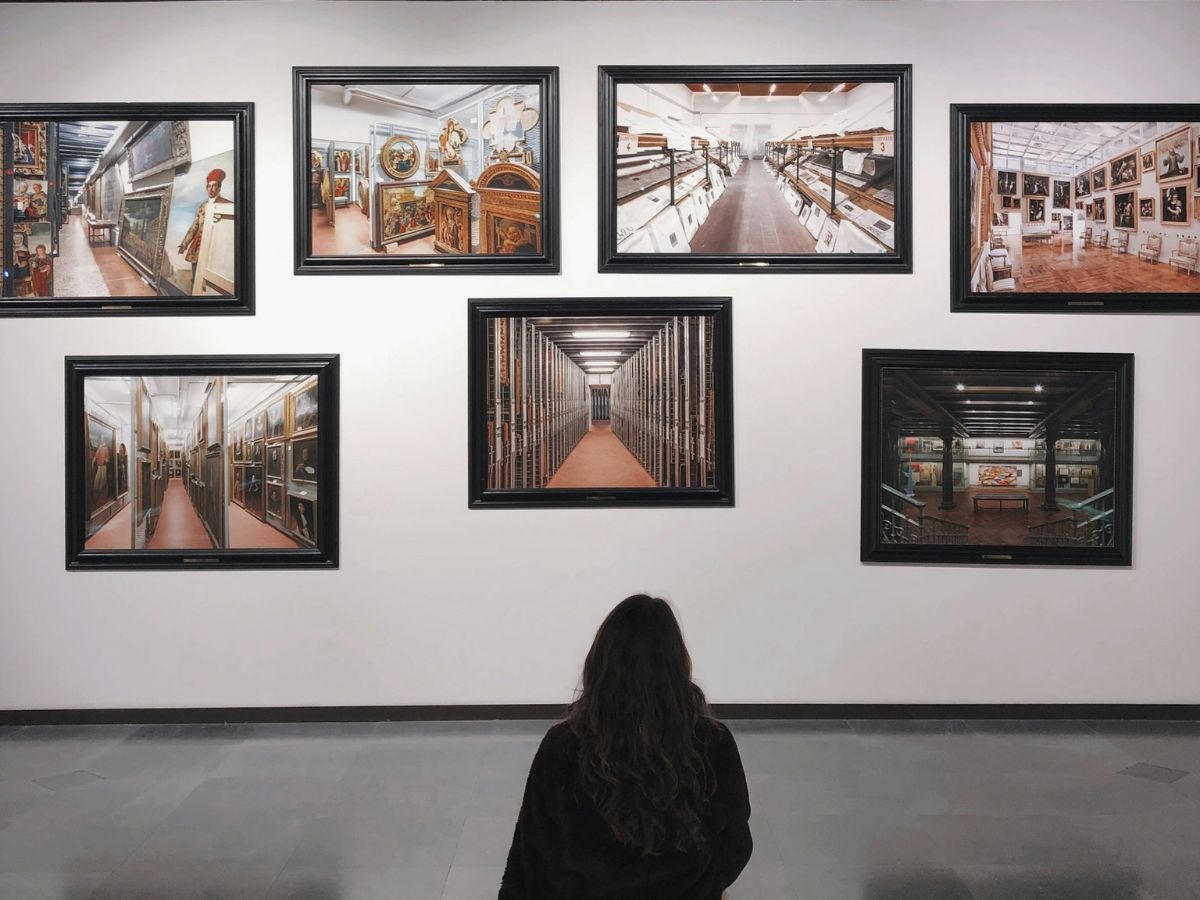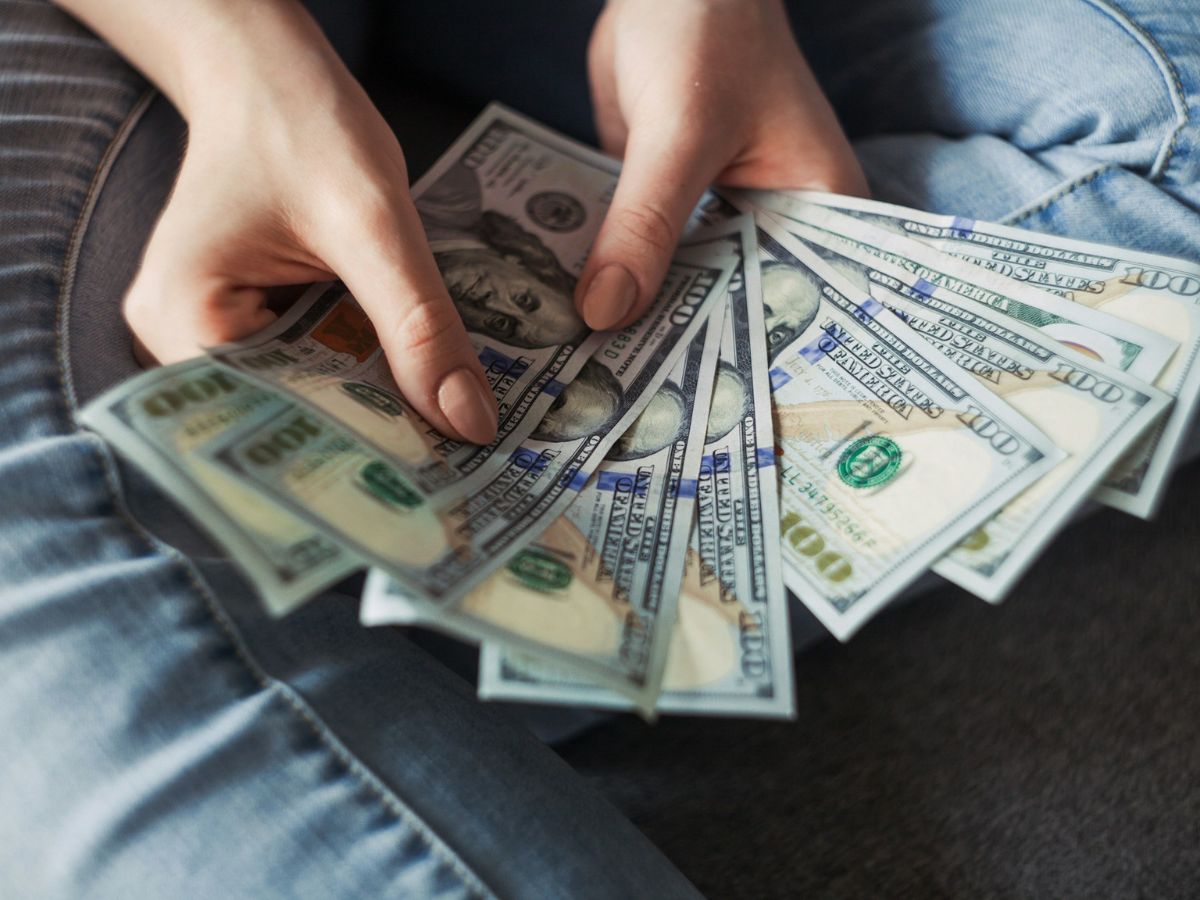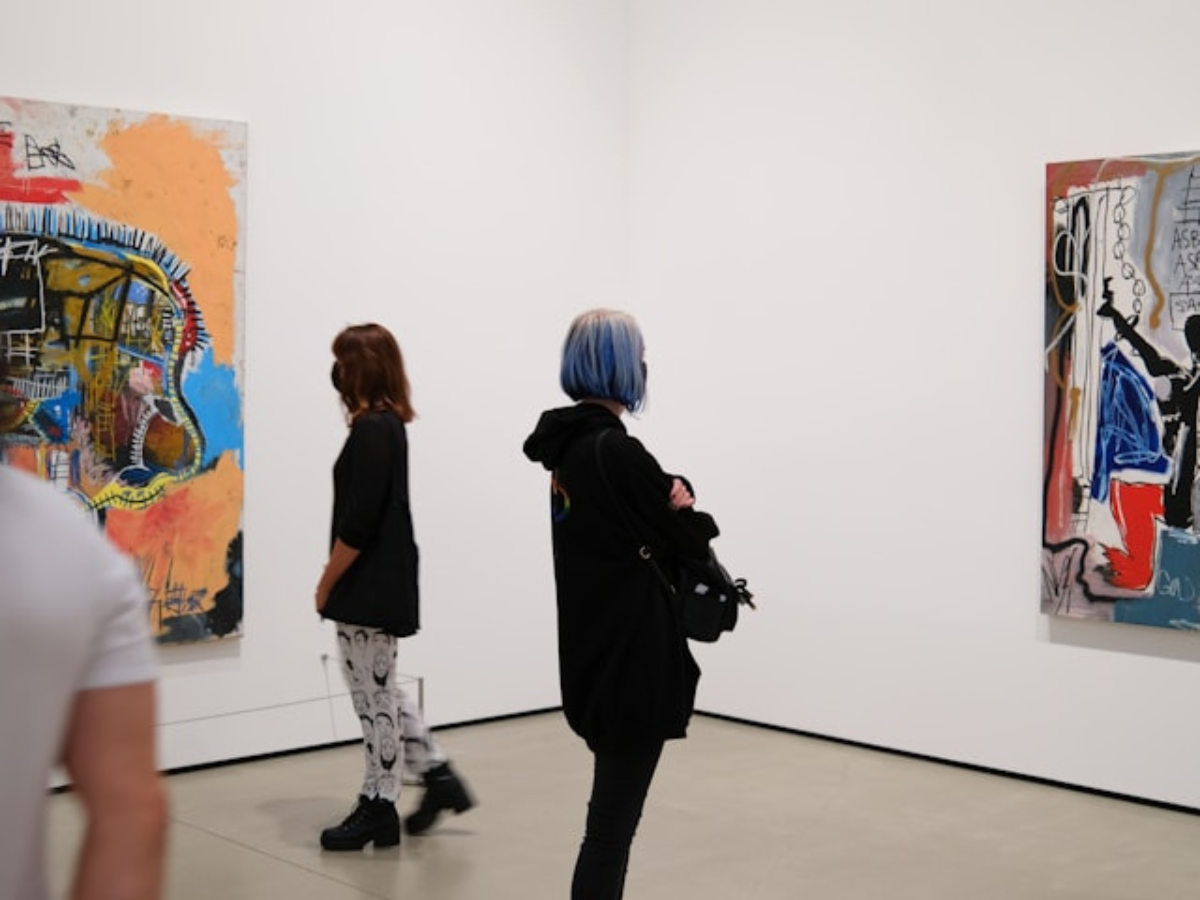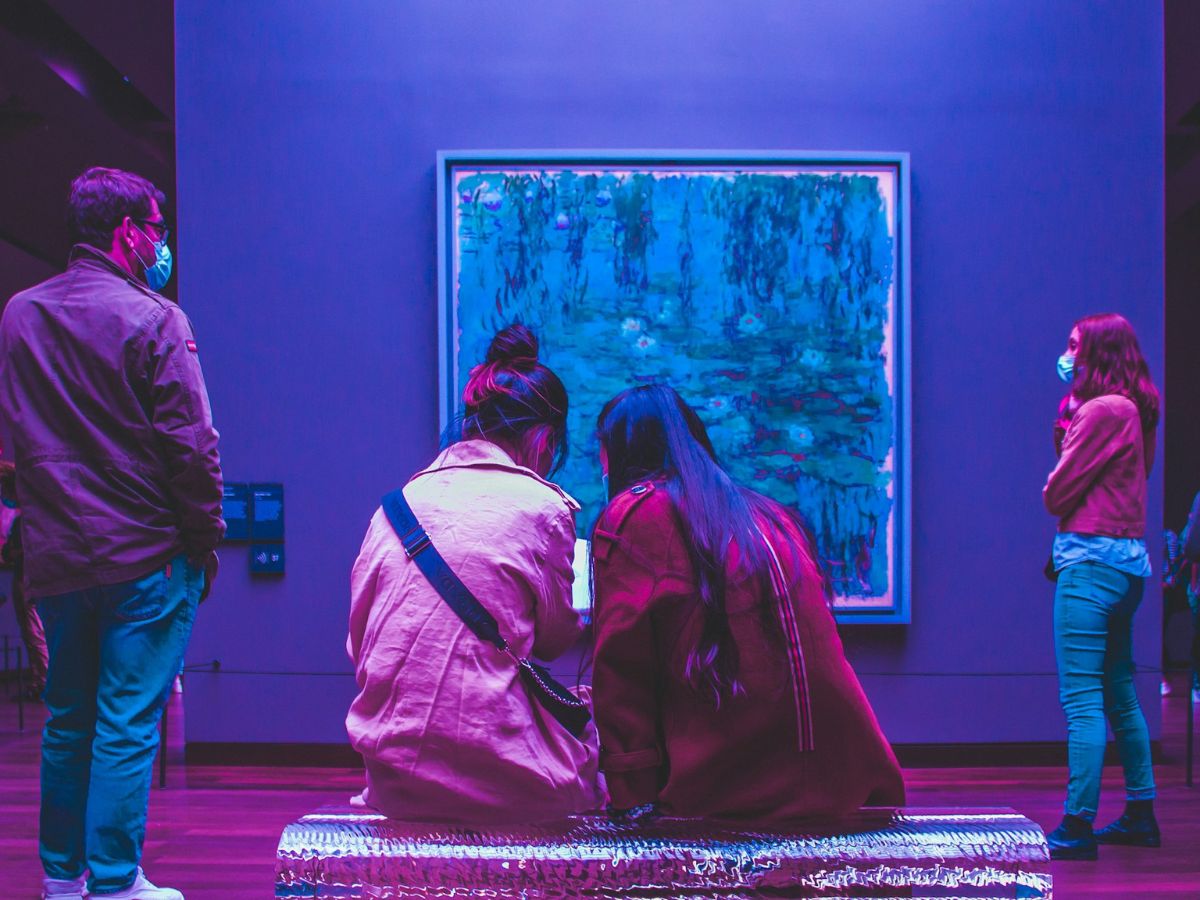
7 Proven Strategies for Artists to Achieve Consistent Painting Sales
Achieving consistent sales as an artist can be challenging, but with the right strategies, it’s entirely possible. Here are seven expert tips to help you boost your painting sales and build a successful art career.

